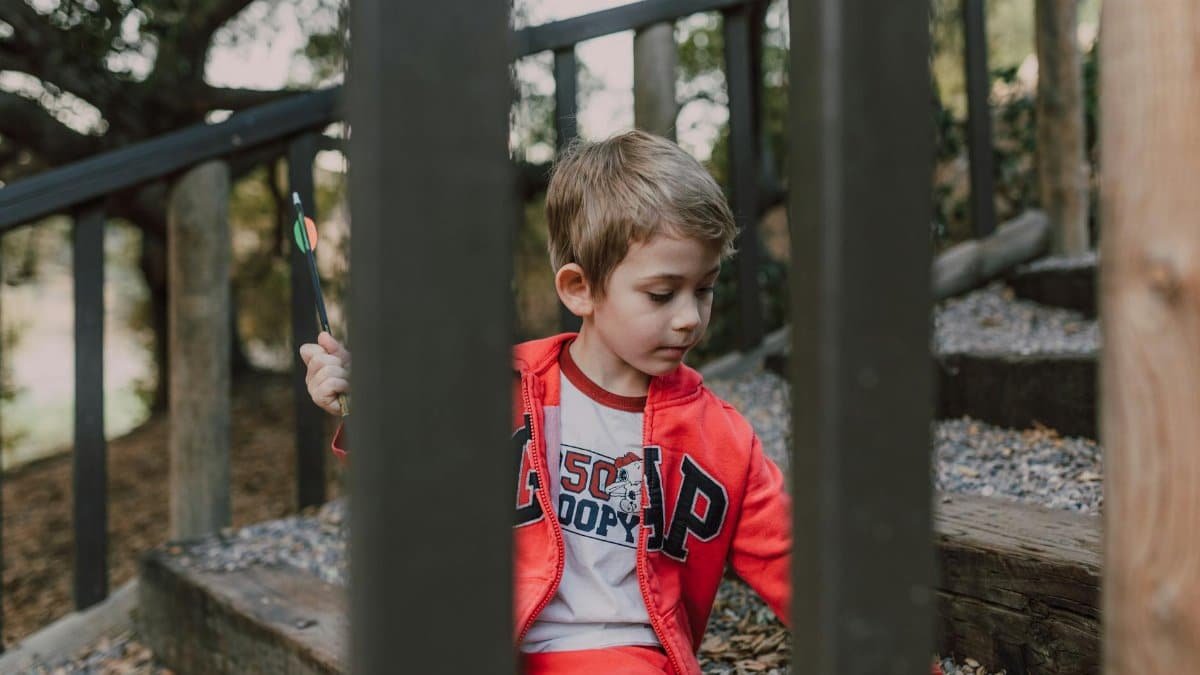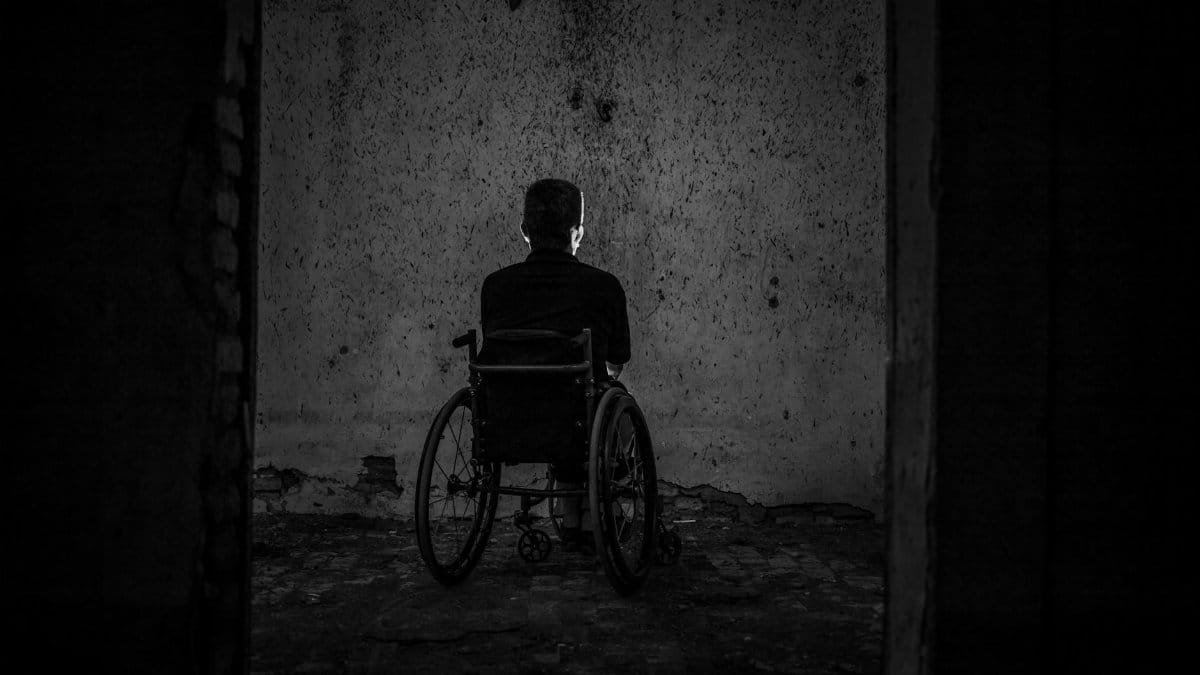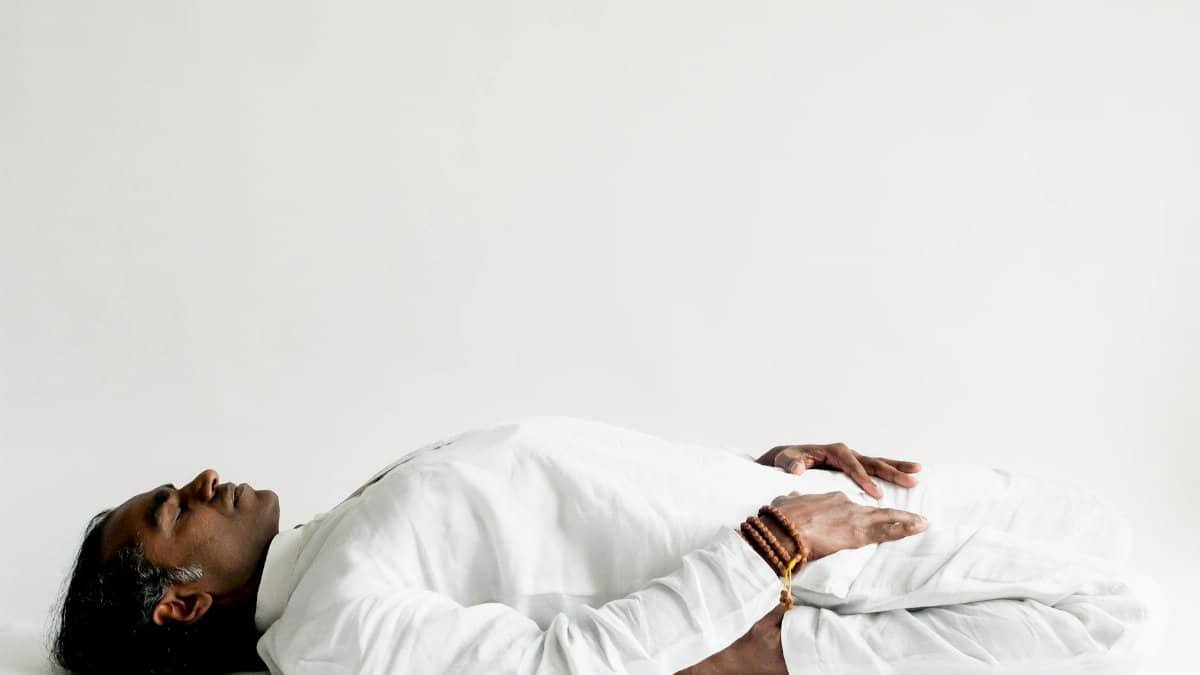What if the key to emotional strength lies not in pushing through pain, but in simply showing up for it? In a world that demands constant productivity, many Americans are quietly turning to practices that foster deeper self-awareness. A recent study from the American Psychological Association found that 45% of adults reported improved stress management through mindfulness techniques, up from 32% just five years ago. This shift highlights a growing interest in what experts call presence resilience—the ability to stay grounded in the moment, even amid turmoil. It’s not about ignoring difficulties, but building a sturdy inner foundation. As mental health conversations evolve in 2025, this concept offers a fresh lens on healing. Far from trendy jargon, presence resilience taps into timeless human needs, helping people navigate everything from daily anxieties to profound losses.
Defining Presence Resilience in Everyday Terms

At its core, presence resilience means cultivating the skill to remain attentive to the here and now, without letting past regrets or future worries pull you under. Think of it as training your mind like an athlete hones their body. Researchers at Harvard Medical School have explored how such practices can rewire neural pathways, making emotional bounces back quicker. One study, published in their health newsletter, showed participants who practiced daily mindfulness reported 20% less rumination on negative events.
But it’s not all science. Picture a busy parent in Chicago, juggling work calls and school pickups. Instead of spiraling into overwhelm, they pause, breathe, and notice the warmth of their child’s hand. That small act builds resilience over time. It’s practical, not abstract. As one anonymous account shared in online discussions recently, “I used to freeze during arguments, but now I just stay present—it’s like armor for my emotions.”
This approach draws from ancient traditions, yet fits modern life. A report from the American Psychological Association’s Mindfulness Resources details how integrating presence into routines can lower cortisol levels, the stress hormone that wreaks havoc on well-being.
The Roots in Mindfulness and Beyond

Mindfulness often gets credit as the foundation, but presence resilience expands on it. It incorporates elements from cognitive behavioral therapy, where staying anchored prevents emotional hijacks. In the U.S., therapists increasingly recommend it for anxiety disorders, which affect over 40 million adults, according to the National Institute of Mental Health.
Consider how this played out during the pandemic. Many found solace in virtual yoga sessions, not just for the stretches, but for the enforced focus on breath and body. “It was the only thing that kept me sane,” a teacher from Texas recalled in a group chat, her words echoing a common thread. Data from the NIMH Anxiety Disorders Page supports this, noting a surge in resilience-building interventions post-2020.
Yet, it’s not one-size-fits-all. Some blend it with journaling, jotting down immediate sensations to ground wandering thoughts. Others use apps, though experts warn against over-reliance on tech. The goal? A resilient presence that withstands life’s curveballs.
Challenges in Building This Inner Strength

Not everyone finds it easy. Distractions abound in 2025, with notifications pulling attention every few minutes. A Pew Research Center survey revealed that 57% of Americans feel overwhelmed by digital demands, making sustained presence a real battle.
Then there’s emotional baggage. Old traumas can make staying present feel unsafe, like reopening wounds. Therapists note this in sessions, where clients describe a push-pull: the desire to heal versus the instinct to flee. One might say, “I try to sit with my feelings, but they hit like a wave.” Overcoming this requires patience, often starting with guided exercises from resources like the CDC’s Stress Management Guide.
Critics argue it’s privileged—easier for those with time and quiet spaces. Fair point. Urban dwellers in noisy apartments face hurdles, yet adaptations exist, like micro-moments of awareness during commutes.
Practical Steps to Get Started

Begin small. Set aside five minutes daily to notice your surroundings without judgment. Feel the chair beneath you, hear distant traffic. This isn’t meditation boot camp; it’s gentle habit-building.
Experts suggest body scans, mentally checking in from head to toe. A study in the Journal of Clinical Psychology found this reduced anxiety by 15% in participants over eight weeks. Or try walking mindfully, focusing on each step rather than your to-do list.
Incorporate it into relationships too. During conversations, resist the urge to plan your response. Listen fully. One couple in Seattle shared how this transformed their arguments into discussions, fostering deeper connections. Resources from the Pew Research Center on Digital Habits highlight how curbing screen time aids such presence.
Track progress in a notebook. Note what pulls you away and what brings you back. Over time, these steps compound, turning fleeting awareness into resilient presence.
Impact on Work and Productivity

In offices across the U.S., presence resilience is quietly boosting performance. Employees who practice it report better focus, dodging the multitasking myth that drains efficiency. A Gallup poll showed mindful workers are 21% more productive.
Imagine a manager in New York, mid-meeting, feeling frustration rise. Instead of reacting, she pauses, acknowledges it, and responds thoughtfully. This prevents escalations and builds team trust. Yet, corporate America lags in support; only 35% of companies offer wellness programs including mindfulness, per recent data.
Freelancers benefit too, using it to combat isolation. “Deadlines used to paralyze me,” an artist admitted anonymously online, “but grounding in the present keeps the creativity flowing.” It’s a tool for sustainable output, not burnout fuel.
Presence Resilience in Relationships

Intimacy thrives on presence. When partners truly show up, without distractions, bonds strengthen. Research from the Gottman Institute links attentive listening to lower divorce rates.
But it’s tricky in a device-saturated era. Families at dinner tables battle phone pulls, eroding connections. One parent described a breakthrough: “We started ‘presence hours’—no screens, just us. It healed old rifts.”
Friends notice it too. In group settings, being fully there fosters empathy, reducing misunderstandings. A study in Social Psychological and Personality Science found present individuals form deeper friendships. It’s about quality over quantity, making interactions count.
Overcoming Skepticism and Misconceptions

Skeptics dismiss presence resilience as fluffy self-help. “Isn’t it just ignoring problems?” they ask. Not quite. It’s facing them head-on, with clarity.
Misconceptions arise from pop culture versions, like apps promising instant zen. True resilience builds slowly, through consistent effort. Evidence from longitudinal studies counters doubts; one from the University of California followed practitioners for years, showing sustained mental health gains.
Cultural barriers exist too. In fast-paced American society, pausing feels counterintuitive. Yet, as more adopt it, perceptions shift. “I thought it was for hippies,” a banker confessed, “until it saved my sanity during a layoff.”
Long-Term Benefits and Broader Implications

Over years, presence resilience can transform outlooks. Users report greater life satisfaction, with fewer regrets. A NIH-funded review linked it to reduced depression symptoms in older adults.
On a societal level, imagine communities more resilient to crises. During natural disasters, present-minded individuals cope better, aiding recovery. In 2025, with climate anxieties rising, this skill could prove invaluable.
It’s not a cure-all, but a foundation. Blended with therapy or medication, it amplifies healing. As one expert put it, “Presence isn’t perfection; it’s persistence.” Embracing it invites a fuller, more anchored existence.
